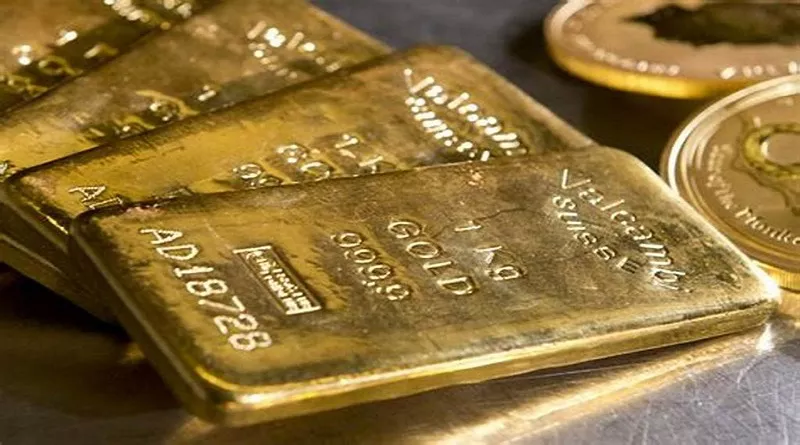The recent decline in gold and silver prices has captured the attention of investors and analysts worldwide. These precious metals have long been regarded as safe havens and store of value assets. In this article, we will explore the various factors contributing to the drop in gold and silver prices, shedding light on the complex dynamics of the market. By understanding the underlying reasons, we can gain insights into the current trends and make informed decisions. So, let’s delve into the factors behind the decline in gold and silver prices and unravel the intricacies of these markets.
Supply and Demand Dynamics
In this section, we will examine the supply and demand factors affecting the prices of gold and silver.
Increased Supply:
The supply of gold and silver has increased due to higher mining output and recycling activities. Advances in mining technologies and exploration techniques have led to an expansion in production capacity, resulting in a larger supply entering the market.
Reduced Industrial Demand:
Silver, in particular, has significant industrial applications. Economic slowdowns and decreased industrial activities can lead to a decline in demand for silver, impacting its price. Additionally, the rise of alternative materials in certain industries can affect the demand for both gold and silver.
Global Economic Factors
In this section, we will explore how global economic conditions influence the prices of gold and silver.
Interest Rates and Inflation:
Gold and silver prices are often influenced by interest rates and inflation expectations. Higher interest rates and low inflation can attract investors towards other investment opportunities, leading to reduced demand for precious metals.
Currency Strength:
The strength of major currencies, particularly the U.S. dollar, has an inverse relationship with the prices of gold and silver. A stronger dollar makes these metals relatively more expensive for holders of other currencies, potentially dampening demand.
Market Sentiment and Investor Behavior
In this section, we will analyze the role of market sentiment and investor behavior in the decline of gold and silver prices.
Risk Appetite:
During periods of economic stability and optimism, investors may seek higher-yielding assets, such as equities, diverting attention and capital away from precious metals. This shift in risk appetite can contribute to a drop in gold and silver prices.
Speculative Trading:
Precious metals are also subject to speculative trading and investment. Large-scale buying or selling by speculative investors, such as hedge funds or institutional traders, can lead to price volatility and affect the overall trend.
Impact of Central Bank Policies
In this section, we will explore the influence of central bank policies on gold and silver prices.
1. Quantitative Easing:
Central bank policies, such as quantitative easing, impact the money supply and can contribute to inflationary expectations. During periods of monetary easing, the prices of gold and silver may rise as investors seek to hedge against potential inflation. Conversely, as central banks tighten monetary policy, reducing liquidity, it can lead to a decline in precious metal prices.
2. Government Reserves and Sales:
Central banks and governments hold significant gold reserves. Any decision to increase or decrease these reserves, or to sell off holdings, can impact the supply-demand dynamics of the precious metals market.
Geopolitical Factors
In this section, we will discuss the geopolitical factors that can influence gold and silver prices.
Geopolitical Tensions:
Heightened geopolitical tensions, such as conflicts, trade disputes, or economic sanctions, can lead to increased uncertainty and drive up the demand for safe haven assets like gold and silver. Conversely, periods of relative geopolitical stability may reduce the demand for these metals.
Investor Sentiment and Perception:
Investor perception of geopolitical events and their potential impact on the global economy play a significant role in determining the demand for gold and silver. Changes in sentiment can lead to shifts in investment preferences and subsequent price fluctuations.
Conclusion:
The decline in gold and silver prices can be attributed to a combination of factors, including supply and demand dynamics, global economic conditions, market sentiment, central bank policies, and geopolitical factors. Understanding these complexities is crucial in analyzing the precious metals market and making informed investment decisions. While the current trends may reflect a temporary decline, it is important to recognize that the prices of gold and silver can be influenced by a multitude of factors, and market dynamics can change rapidly. As with any investment, conducting thorough research, diversifying portfolios, an d seeking expert advice are key to navigating the fluctuations of the precious metals market.


